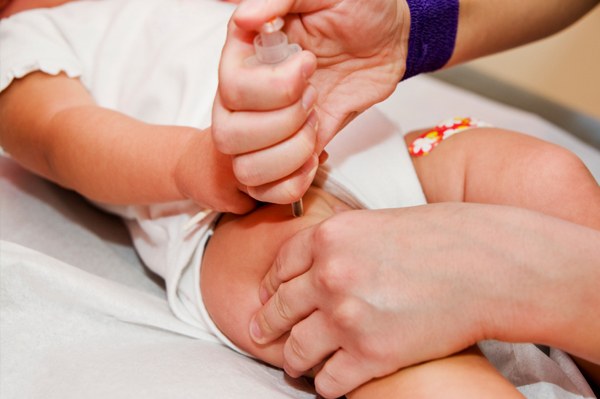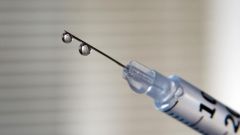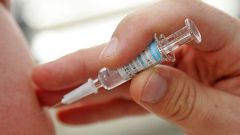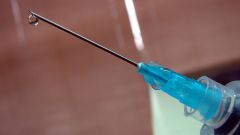There are several ways of administering vaccines: oral – taking the drug orally, aerosol injection through the respiratory tract, as well as with cutaneous, subcutaneous, intradermal and intramuscular injectionally the vaccine is a drop, which need to be taken on an empty stomach, not drinking water, and is used to prevent polio and cholera. Children can apply a few drops on a sugar cube or biscuit. The aerosol method is otherwise called intranasally (through the nose) and mostly used for flu vaccinations. Most vaccines are introduced into the body through injection. Cutaneous method of vaccination is used to protect against extremely dangerous infections: plague, tularemia, anthrax, fever Ku, brucellosis. Equipment such vaccination is quite complex: on the border of upper and middle third of the arm to apply a droplet of the vaccine, through her stretched skin with a Lancet is done several surface cuts, then the vaccine is rubbed into the skin and leave to dry for approximately 5 MinuteMachine vaccinations bet against measles, rubella, varicella, yellow fever, epidemic parotitis (mumps), meningococcus, leptospirosis, typhoid, tick-borne encephalitis. As a rule, they are entered under the shoulder blade, or shoulder at the boundary of its upper and middle thirds.Intradermally injected BCG a live tuberculosis vaccine. This method requires special training of the medical worker, since breaches can cause complications. Injection of do in the surface layer of the skin of the shoulder or the forearm, using a tuberculin syringe with a fine needle with short cut with the expectation that the vaccine has not penetrated beneath the skin. If vaccinated immediately formed a "lemon crust" - whitish hue of the skin, deepening of the ducts of skin glands, the drug entered correctly. Most preferred is the intramuscular way of vaccination. It provides a good absorption of the drug and the fewest side effects. The needle is inserted at an angle of 90 degrees in the upper anterolateral part of the thigh (for children up to 1 year) or in the deltoid muscle of the hands, thickening at the top of the shoulder over the humeral head (for children older than 1 year and adults). So do vaccinations against diphtheria, pertussis, tetanus, polio, hepatitis b, rabies, influenza.Not recommended vaccinations in the buttocks: the thickness of the subcutaneous fat layer on them than on the hip and shoulder, the needle may not reach the muscles, and the drug will get under the skin, which is fraught with complications. There is also the risk to get the needle in the sciatic nerve, especially if we are talking about babies. Finally, if you have allergic reactions, particularly of anaphylactic shock on the thigh or arm, you can use a tourniquet, impeding further penetration of the vaccine into the body, and the buttock there's.
Where you put the vaccination
Modern medicine protects people from many diseases incurable before using vaccination - the injection of a vaccine to create immunity to different diseases. Typically, vaccination of adults and children conducted in clinics medical professionals who possess it skills but know recommended the introduction of vaccination is useful for everyone.

Is the advice useful?




